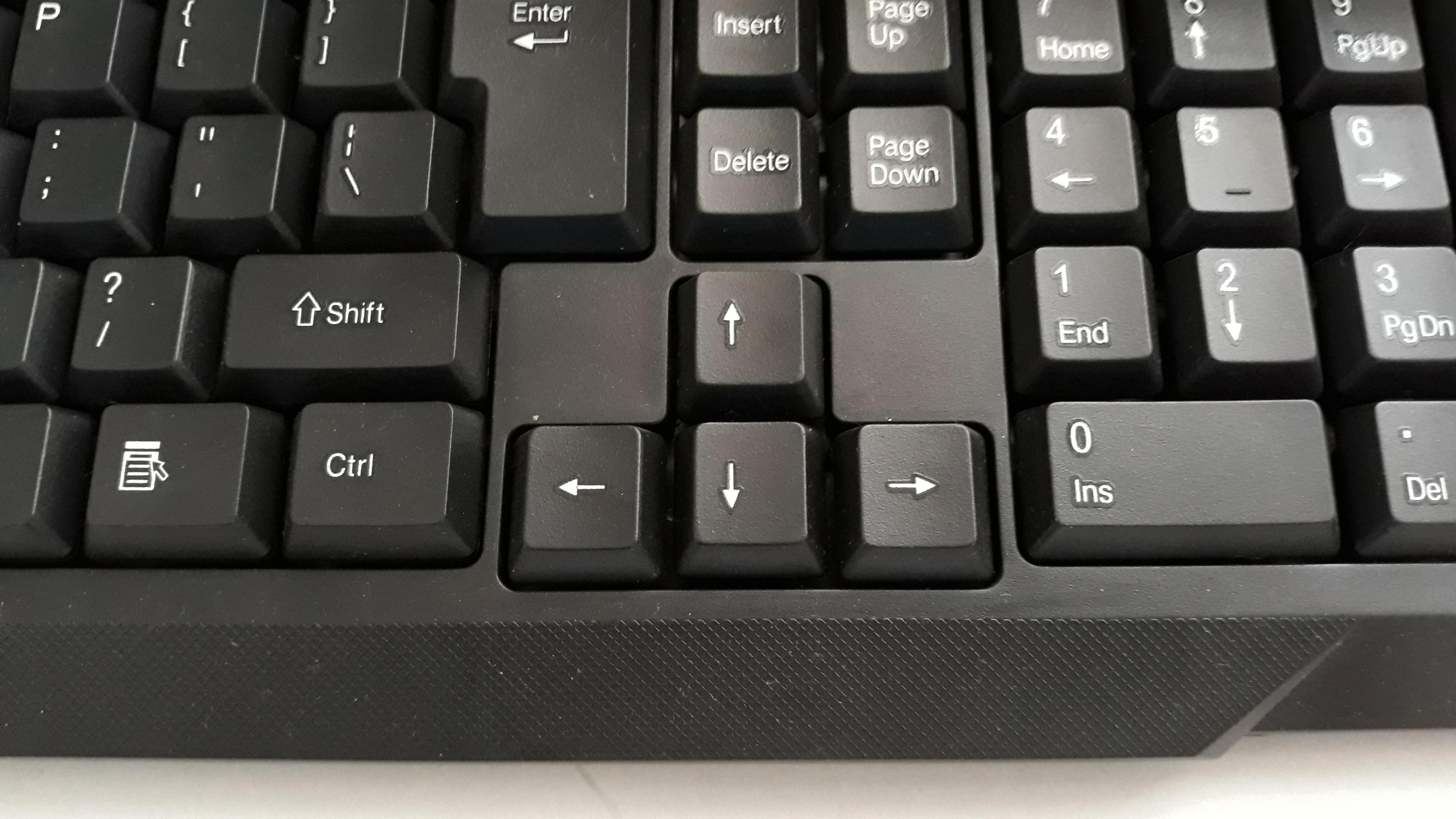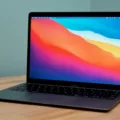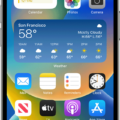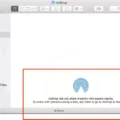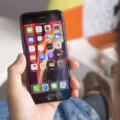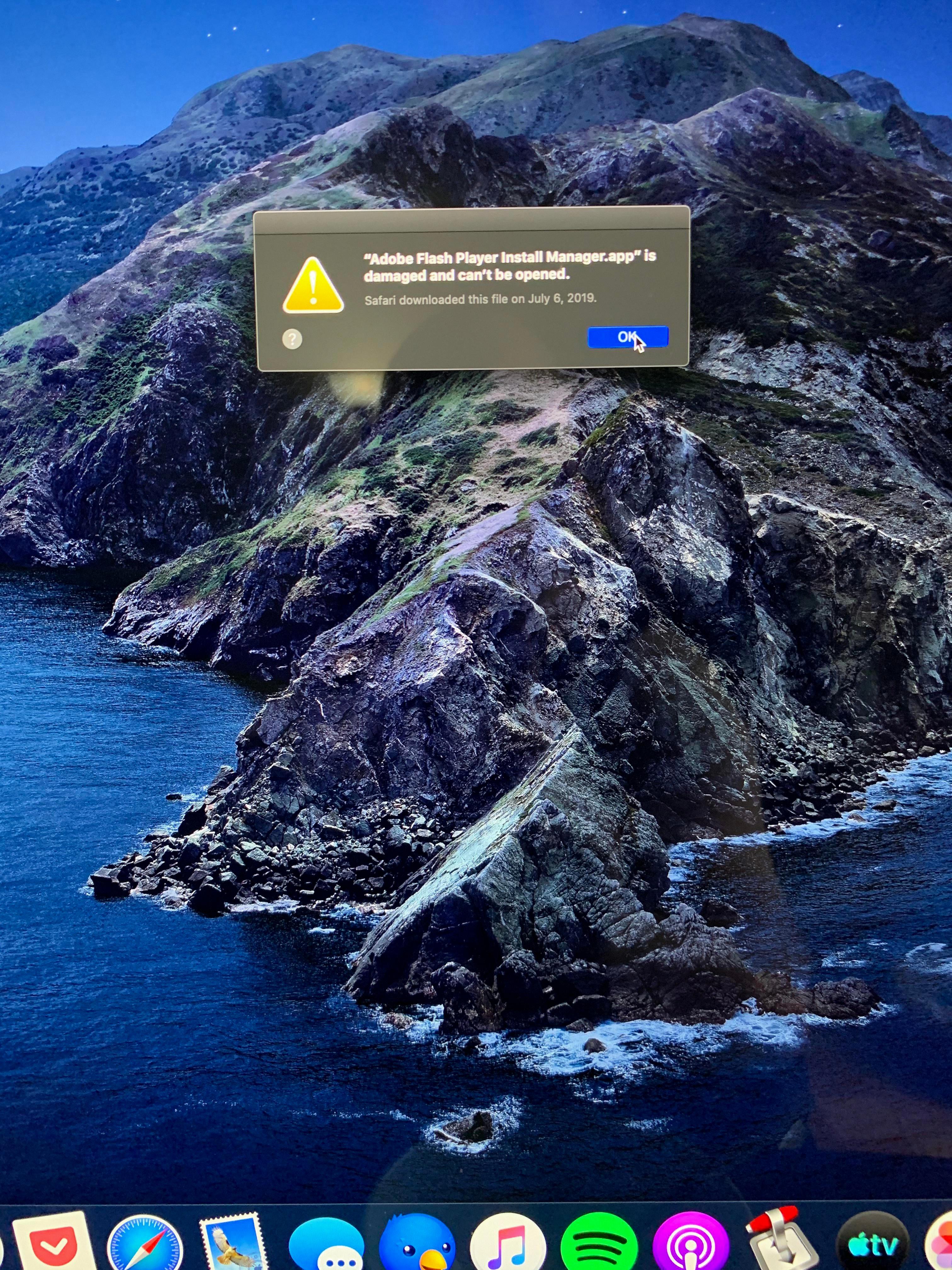Mac users who rely on the convenience of Touch ID may occasionally encounter issues where their fingerprint sensor fails to work properly. This can be frustrating, but there are several troubleshooting steps you can take to resolve the problem. In this article, we will explore some common causes and solutions for Mac and Touch ID not working.
1. Ensure macOS is Up to Date:
One of the first things you should check is whether your macOS is up to date. Apple regularly releases software updates that include bug fixes and improvements, so it’s essential to have the latest version installed. To check for updates, go to the Apple menu, select “System Preferences,” and click on “Software Update.” If an update is available, follow the onscreen instructions to install it.
2. Clean the Touch ID Sensor and Your Fingers:
A dirty or moist Touch ID sensor can cause issues with fingerprint recognition. Use a clean, lint-free cloth to gently wipe off any dirt or debris on the sensor. Additionally, ensure that your fingers are clean and dry before attempting to use Touch ID. Oily or wet fingers may not be recognized by the sensor, so washing your hands and waiting for them to dry can help.
3. Check Touch ID Settings:
Sometimes, incorrect settings can prevent Touch ID from working correctly. On your Mac, open “System Preferences” from the Apple menu and click on “Touch ID & Password” in the sidebar. If necessary, enter your password to make changes. Ensure that the “Unlocking your Mac” option is enabled, and your fingerprints are properly enrolled. If not, click on “Add a Fingerprint” and follow the onscreen instructions to add your fingerprints.
4. Troubleshoot Hardware Issues:
If the above steps do not resolve the problem, it’s worth considering potential hardware issues. If you have a Mac or Magic Keyboard with Touch ID, ensure that the fingerprint sensor is not physically damaged or obstructed. In case of any visible damage, it may require professional repair or replacement.
5. Reset NVRAM and SMC:
Resetting the Non-Volatile Random-Access Memory (NVRAM) and System Management Controller (SMC) can sometimes fix hardware-related problems. To reset NVRAM, restart your Mac and hold down the Option, Command, P, and R keys simultaneously until you hear the startup sound for the second time. To reset the SMC, shut down your Mac, then press and hold the power button for 10 seconds. Release the button, then turn on your Mac normally.
6. Check for Software Conflicts:
Conflicts with other software on your Mac can also cause issues with Touch ID. Try restarting your Mac in Safe Mode by holding down the Shift key during startup. Safe Mode disables unnecessary third-party extensions and startup items, helping to isolate the problem. If Touch ID works correctly in Safe Mode, you may need to troubleshoot and uninstall any recently installed software that could be causing conflicts.
7. Seek Professional Help:
If none of the above solutions work, it may be time to seek professional assistance. Contact Apple Support or visit an authorized service provider to get expert help in diagnosing and fixing the issue with your Mac’s Touch ID.
Mac and Touch ID not working can be a frustrating experience. However, by following these troubleshooting tips, you can often resolve the problem and regain the convenience of fingerprint recognition. Ensure your macOS is up to date, keep the Touch ID sensor and your fingers clean, check the settings, and try resetting NVRAM and SMC if necessary. If all else fails, consult professional help to get your Touch ID back in working order.
Why Has Your Touch ID Stopped Working On Your Mac?
There could be several reasons why your Touch ID has stopped working on your Mac. Here are some possible causes:
1. Outdated macOS: Ensure that you have the latest version of macOS installed on your Mac. Apple regularly releases updates that address bugs and improve security, including Touch ID functionality.
2. Dirty or wet fingers: Make sure your fingers are clean and dry before using Touch ID. Clean the Touch ID sensor on your Mac using a clean, lint-free cloth to remove any dirt or debris. A dirty or wet finger may not be recognized properly by the sensor.
3. Damaged Touch ID sensor: If your Mac has suffered physical damage or the Touch ID sensor itself is faulty, it may not be able to read your fingerprint accurately. In such cases, you may need to have your Mac serviced or repaired by an authorized Apple service provider.
4. Software conflicts: Sometimes, third-party software or changes made to system settings can interfere with the proper functioning of Touch ID. Try restarting your Mac in Safe Mode by holding down the Shift key while starting up to see if the issue persists. If Touch ID works in Safe Mode, it indicates a software conflict, and you may need to troubleshoot or remove the conflicting software.
5. Hardware issues: In rare cases, there may be a hardware issue with the Touch ID sensor itself. If none of the above steps resolve the problem, it’s recommended to contact Apple support or visit an Apple store for further assistance.
It’s worth noting that Touch ID is not available on all Mac models. Ensure that your Mac is compatible with Touch ID before troubleshooting.
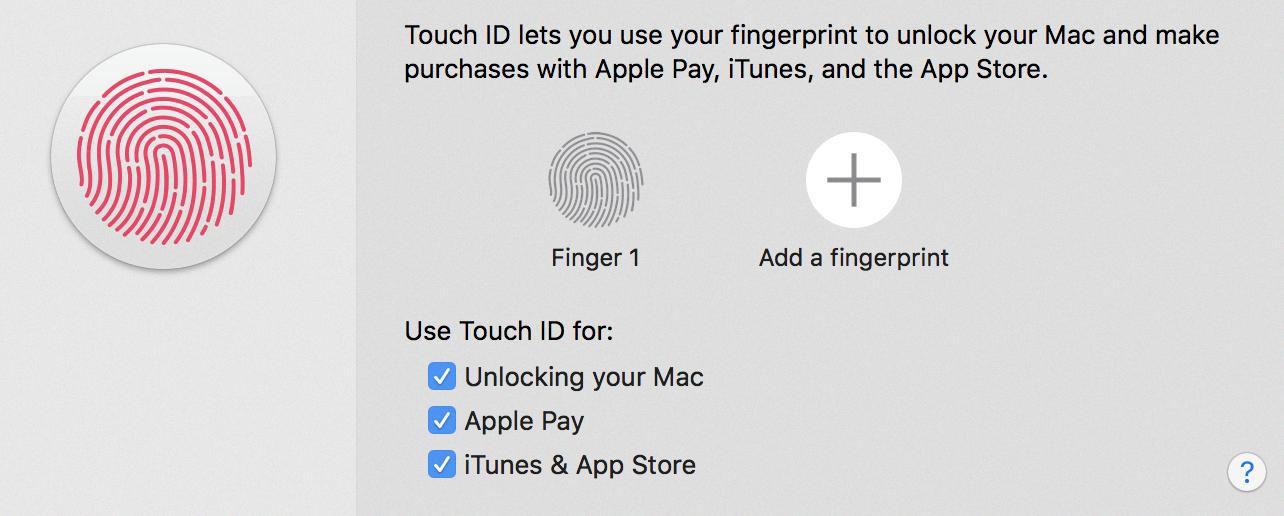
Why Has Your Fingerprint ID Stopped Working?
There can be several reasons why your fingerprint ID has stopped working. Below are some possible causes:
1. Dirty or oily fingerprint sensor: The fingerprint sensor may not work properly if it is dirty or covered in oil. This can happen if you touch the sensor with dirty or greasy fingers. In such cases, cleaning the sensor with a soft cloth or tissue can help restore its functionality.
2. Moisture or wetness on your finger: If your finger is wet or moist, the moisture can interfere with the fingerprint sensor’s ability to read your fingerprint accurately. It is important to ensure that your finger is completely dry before attempting to unlock your phone using the fingerprint sensor.
3. Damaged or scratched sensor: Over time, the fingerprint sensor on your phone may get damaged or scratched. This can affect its ability to accurately read your fingerprint. If you suspect that the sensor is damaged, you may need to contact the manufacturer or authorized service center for repairs or replacement.
4. Software or firmware issues: Sometimes, software or firmware updates can cause compatibility issues with the fingerprint sensor. If this is the case, you may need to check for any available updates for your phone’s operating system and install them to resolve any potential issues.
5. Changes in your fingerprints: In some cases, changes in your fingerprints due to injuries, cuts, or dry skin can affect the accuracy of the fingerprint sensor. If you have recently experienced any changes in your fingerprints, you may need to re-register your fingerprint on the device to ensure proper recognition.
It is worth noting that these suggestions are general and may vary depending on the specific device and its operating system. If the issue persists or none of the above solutions work, it is recommended to consult the user manual or contact the manufacturer’s support for further assistance.
How Do You Force Touch ID On Mac?
To enable Touch ID on your Mac, follow these steps:
1. Open the Apple menu by clicking on the Apple logo located at the top-left corner of your screen.
2. From the drop-down menu, select “System Preferences.” This will open the System Preferences window.
3. In the System Preferences window, click on “Touch ID & Password.” If necessary, you may need to scroll down to find it.
4. You will be prompted to enter your password. Type in your password and click on “Unlock” to proceed.
5. Once you have unlocked the settings, you will see the option to “Add Fingerprint.” Click on this option to start the setup process.
6. Follow the onscreen instructions to complete the fingerprint setup. Place your finger on the Touch ID sensor, which is located at the top right of your keyboard if your Mac or Magic Keyboard has Touch ID.
7. You will need to lift and rest your finger on the sensor multiple times to capture different parts of your fingerprint. Make sure to follow the instructions on the screen for the best results.
8. After successfully capturing your fingerprint, you can click on “Continue” to complete the setup process.
By following these steps, you will have successfully enabled Touch ID on your Mac. This feature allows you to use your fingerprint to unlock your Mac, make purchases, and authenticate various actions for added security and convenience.
Why Does Your Fingerprint Not Work On Your Laptop?
There could be several reasons why your fingerprint is not working on your laptop. Here are some potential causes:
1. Incorrect settings: It is possible that the settings for Windows Hello, the feature that allows you to use your fingerprint to log in, are not configured correctly. You may need to check the settings and make sure that the fingerprint option is enabled.
2. Improper configuration: If you have recently set up the fingerprint reader on your laptop, it is possible that it was not configured properly. You may need to go through the setup process again to ensure that the fingerprint reader is properly recognized by your laptop.
3. Corrupted system files: Sometimes, corrupted system files can prevent the fingerprint reader from working properly. In such cases, you may need to run a system file checker tool to scan and repair any corrupted files that may be causing the issue.
4. Conflicts with software: The fingerprint reader software on your laptop may be conflicting with other software installed on your system. This can happen if there are multiple fingerprint reader applications or if there is a conflict with antivirus software. You may need to uninstall any conflicting software or disable certain applications temporarily to see if that resolves the issue.
5. Outdated drivers: Outdated or incompatible drivers can also cause the fingerprint reader to stop working. Make sure that you have the latest drivers installed for your fingerprint reader and update them if necessary.
6. Hardware issues: In some cases, the fingerprint reader itself may be faulty or damaged. If none of the above solutions work, it is possible that there is a hardware issue with the fingerprint reader. In such cases, you may need to contact the manufacturer or a technician for further assistance.
Remember to refer to your laptop’s user manual or the manufacturer’s website for specific troubleshooting steps and support for your particular model.
Conclusion
The Mac offers a convenient and secure way to unlock your device using the Touch ID fingerprint sensor. To ensure optimal functionality, make sure that your fingers and the sensor are clean and dry. If your fingerprint is not being recognized, try washing and drying your hands before attempting to unlock your device again. Additionally, ensure that you have the latest version of macOS installed and check the Touch ID settings in System Preferences to make sure everything is properly configured. If you are using a Mac or Magic Keyboard with Touch ID, the sensor is located at the top right of the keyboard. If you are still experiencing issues with the fingerprint reader, it may be due to incorrect settings, corrupted system files, or conflicts with other software. In such cases, it is recommended to seek further assistance from Apple support or a qualified technician to resolve the issue.

